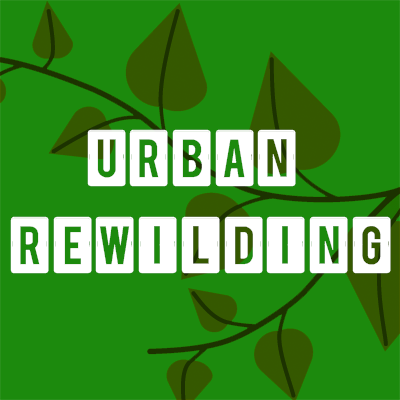Restoring London as an urban forest
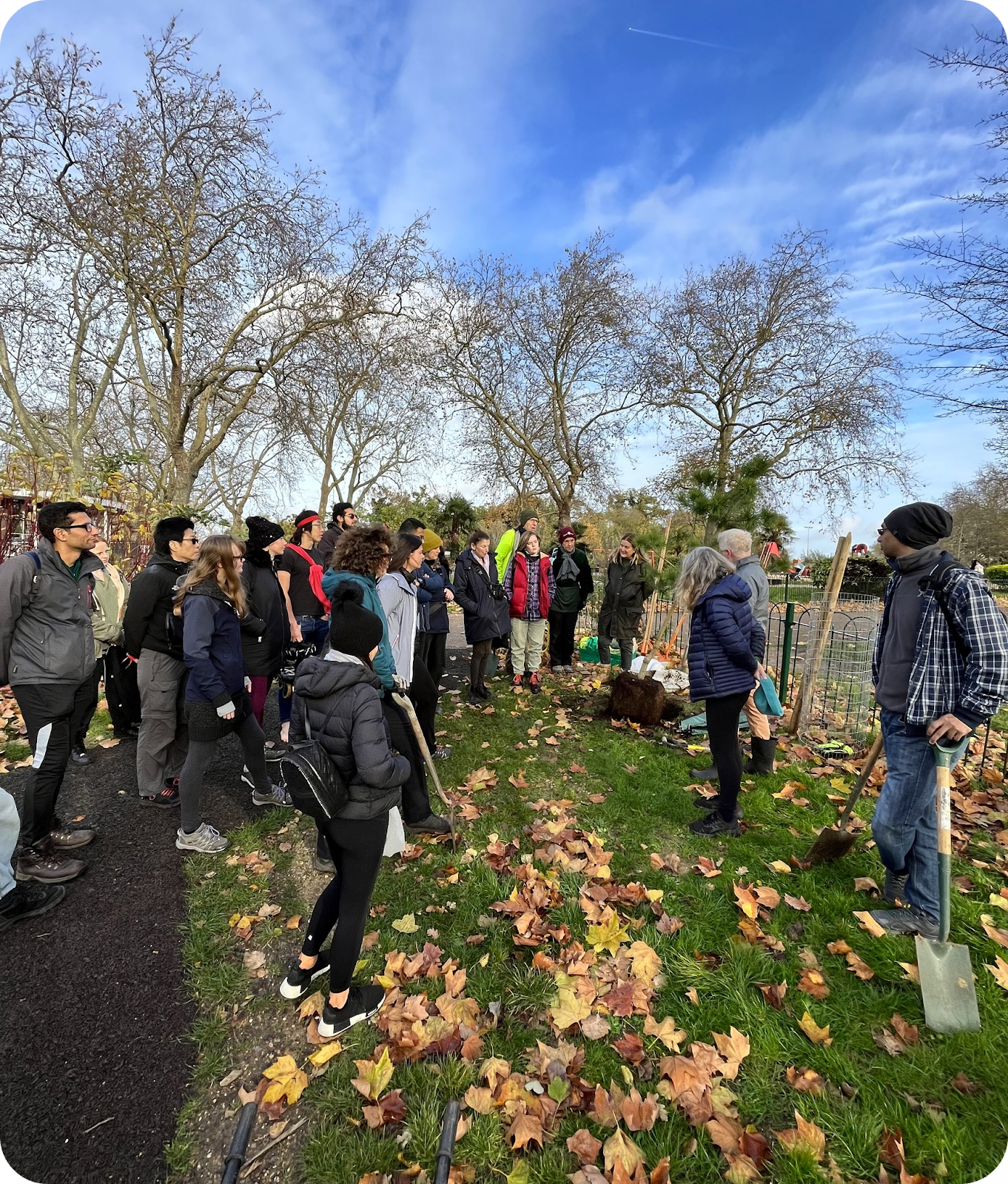
We have depleted the natural world. But we can help restore it by creating habitats to save species from the brink. Communities play a vital role in helping to care for our urban green spaces.
Many of us now live in cities. London is sometimes referred to as a garden or a forest city, but most areas could be much richer in biodiversity. Some areas have a nature deficit with green spaces that are unloved – often no more than a patch of grass with a few trees, or municipal plants. We can all be part of the change to make our urban green spaces like forest gardens. Let’s help diversity flourish again.
Why?
We are a collective of volunteers. We are non hierarchical. Some of the group are involved in planning others prefer just to turn up and get involved in the project of that day. But, we are all actively involved in shaping and improving the health of our city landscape.
Philosophy and Benefits
Nature is not a resource or an asset. We are part of nature not separate from it and we urgently need to reconnect with the land and our place in the natural ecosystem. To fight two crises of climate and ecology loss we need natural solutions and one of those is to rewild on a massive scale. Typically our parks have focused on horticulture and traditional border planting but we can breathe new life into spaces through more natural planting of native communities of plants.
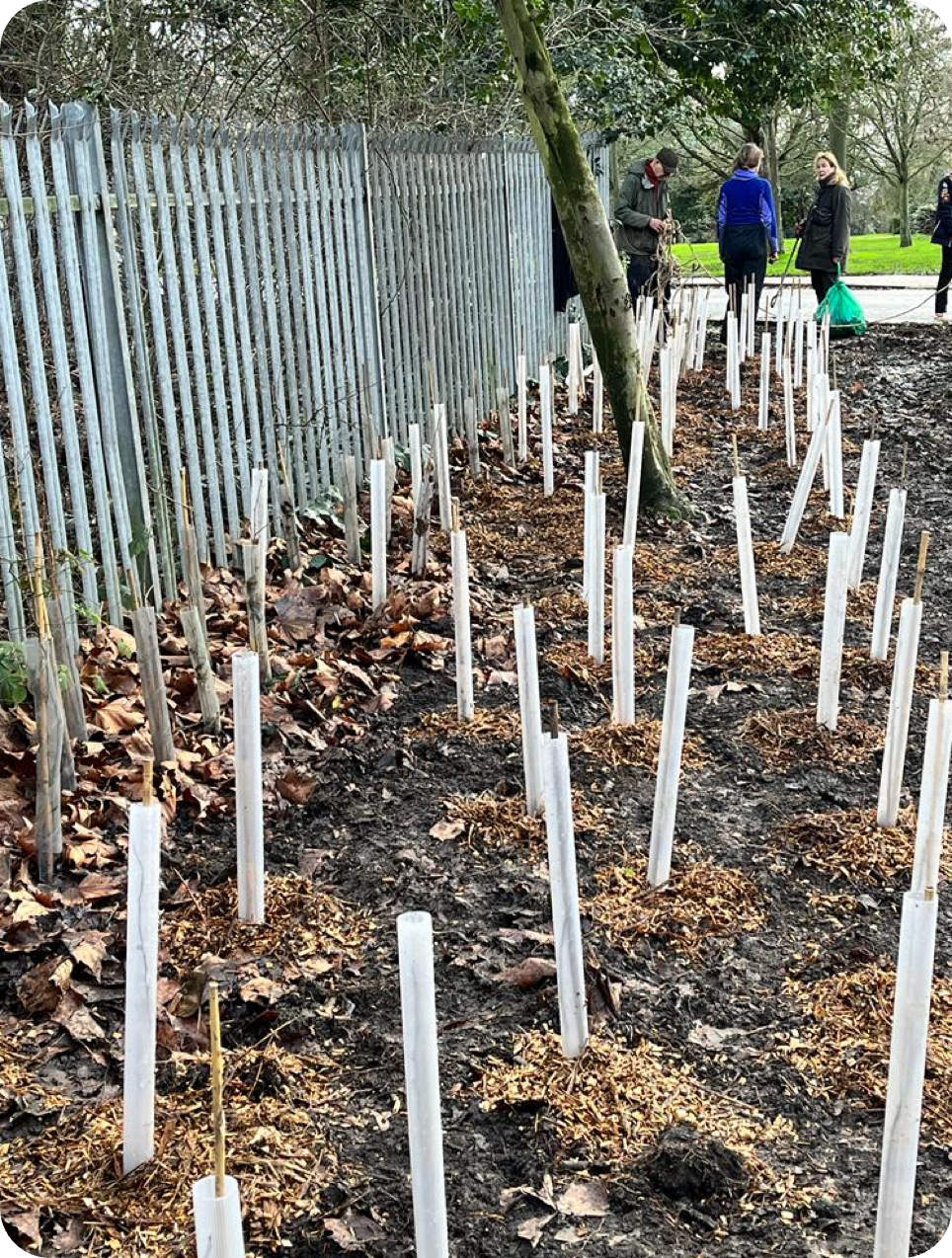
The benefits are:
- Carbon sequestration
- Drought and flooding mitigation
- Mitigate the heat island urban effect
- More cared for natural spaces create well being for humans and non humans
- Mitigate against air pollution by creating green barriers
- Green corridors connect green spaces to extend area and passage for stressed species
- Reduce park running costs through local engagement and less use of pesticides, mowing etc
- Tree walks, School visit and ecological training events can bring revenue into the park.
Who?
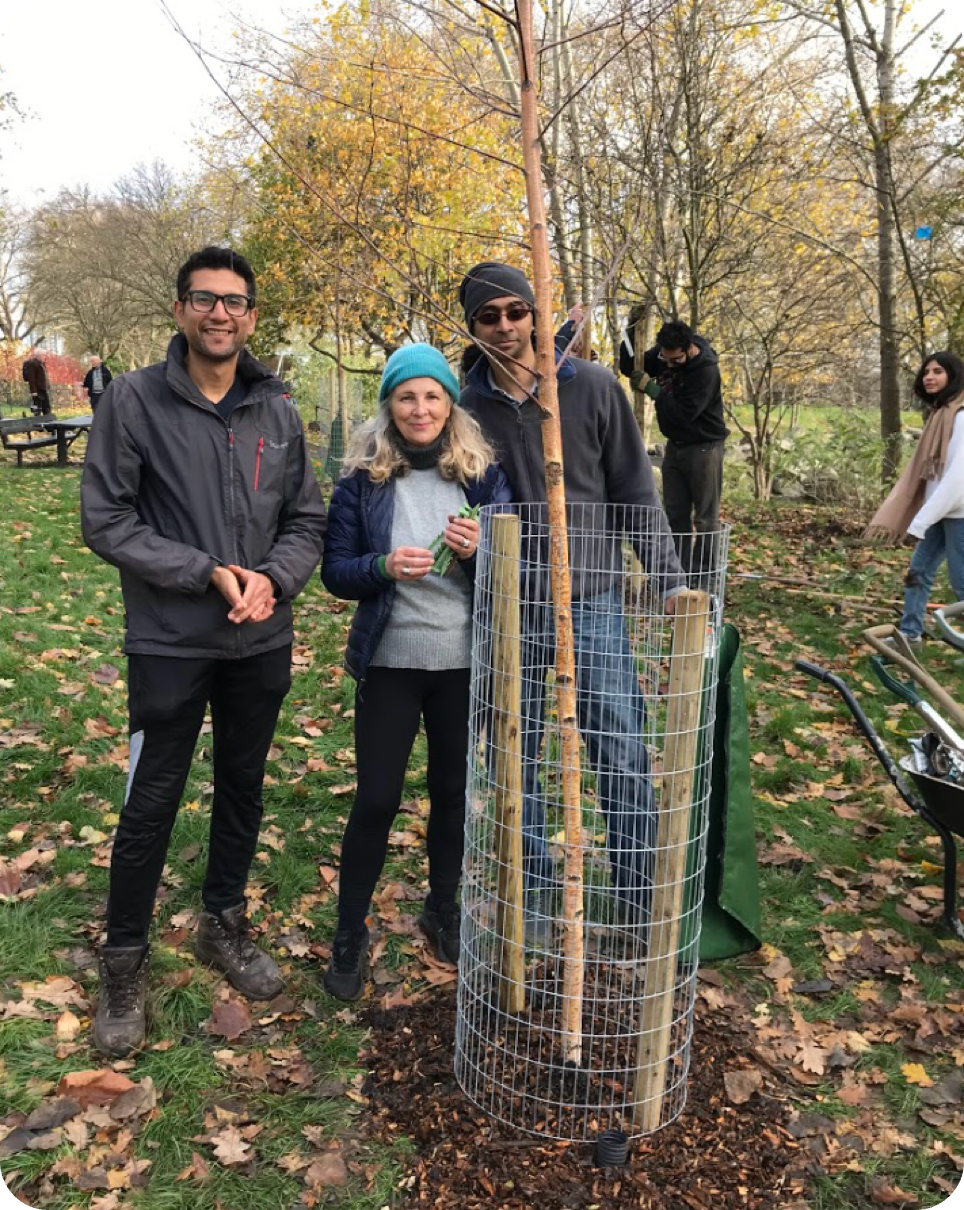
We are a collective of volunteers. We are non hierarchical. Some of the group are involved in planning others prefer just to turn up and get involved in the project of that day. But, we are all actively involved in shaping and improving the health of our city landscape.
What?
We specialise in planting native hedges, native woodlands, creating deadwood habitats and educational ecology labelling and outreach.
We work in a group to bring about rapid change.
Where?
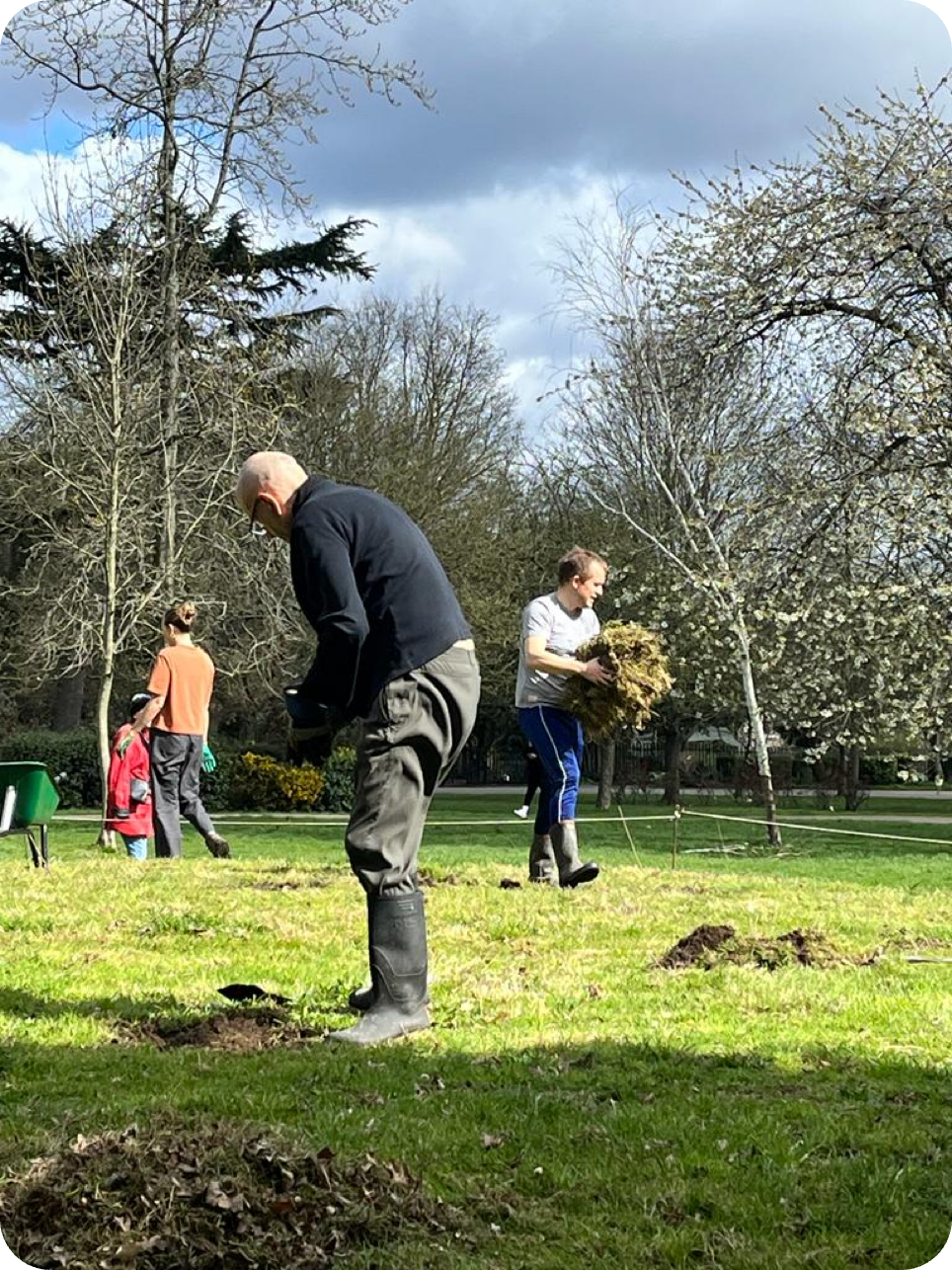
Working in Finsbury Park since 2022 we engage the local community to create change, all ages, all types of people have taken part in volunteer days.
We collaborate to bring more people on board with the projects. We work with Edible Landscapes London , the Friends of Finsbury Park, The Conservation Volunteers.
In 2022, we created deadwood hedges, laid seed to increase the wildflowers in four areas, we planted hundreds of native hedge plants, and we planted 10 species of new standard trees (7yr old) in the Richard Hope play area.
